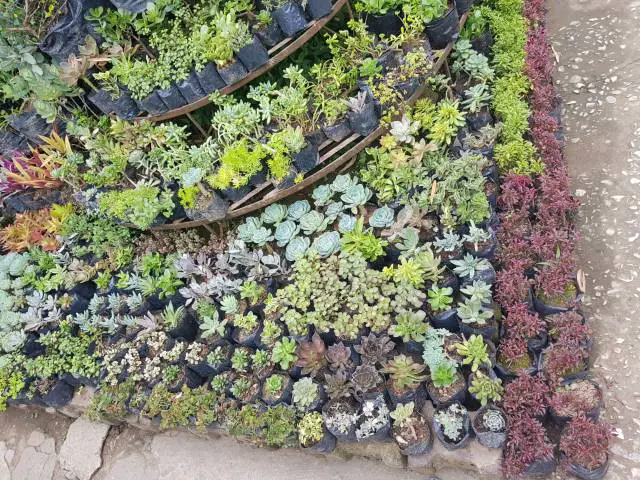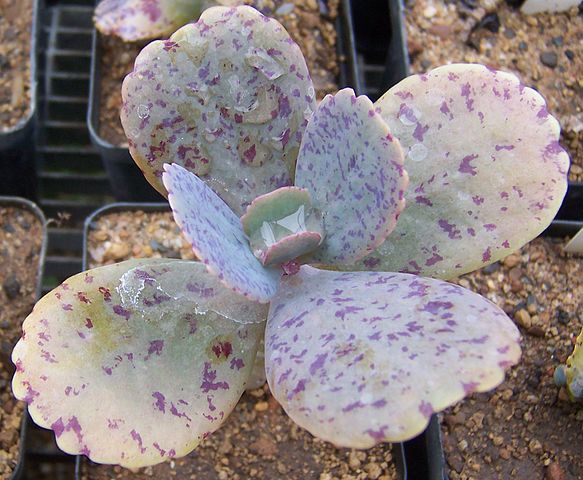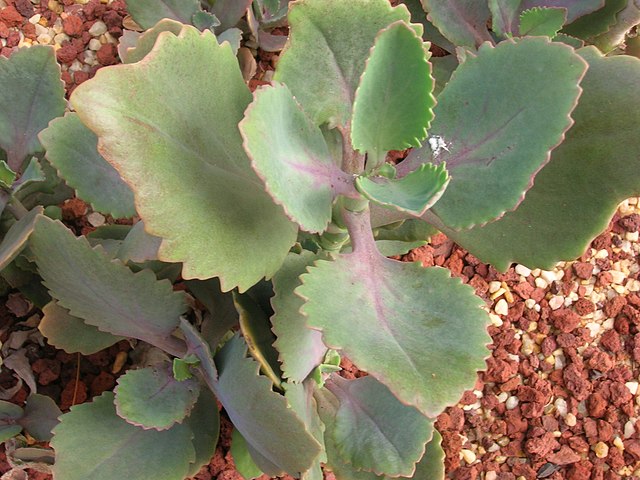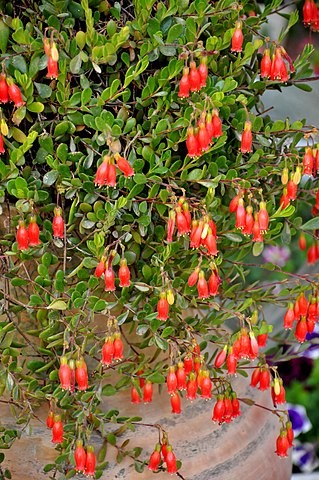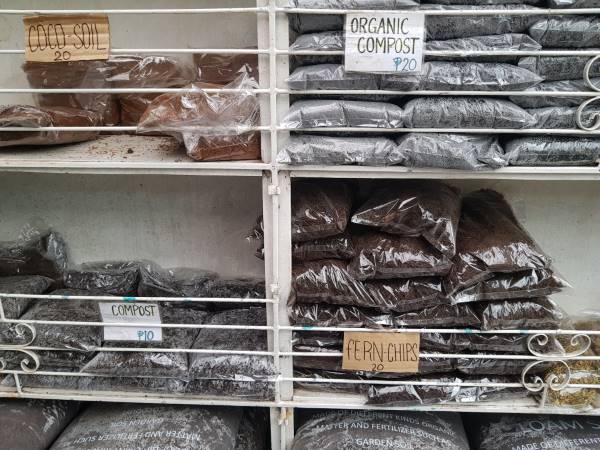Kalanchoe- A genus of flowering succulents
Kalanchoe pronounced as Kal-un-Koh-ee, is a genus of succulent plants belonging to the stonecrop family Crassulaceae. They are native to Madagascar and tropical Africa and have a wide distribution area. Kalanchoe includes a variety of flowering ornamental plant species.
They are popular for low care and water requirements that make them easy to grow indoors or outdoors at homes or offices. Most of them require direct bright sunlight, but they can also survive under indirect sunlight or partial shade. Even if you are a beginner or a novice gardener you can grow Kalanchoes easily at your home due to low maintenance requirements.
Major Kalanchoe species
Kalanchoe is a genus of 125 flowering plant species. You might have seen several different kalanchoes species growing in your surroundings. If you are growing some Kalanchoe plants at your home gardens you must be familiar with a few or many of them. These attractive and wonderful plants add to the beauty of your gardens and considered as one of the best houseplants.
Here I’ll introduce you to major Kalanchoe species that are commonly cultivated indoors and outdoors.
Kalanchoe blossfeldiana (Calandiva) – Flaming Katy
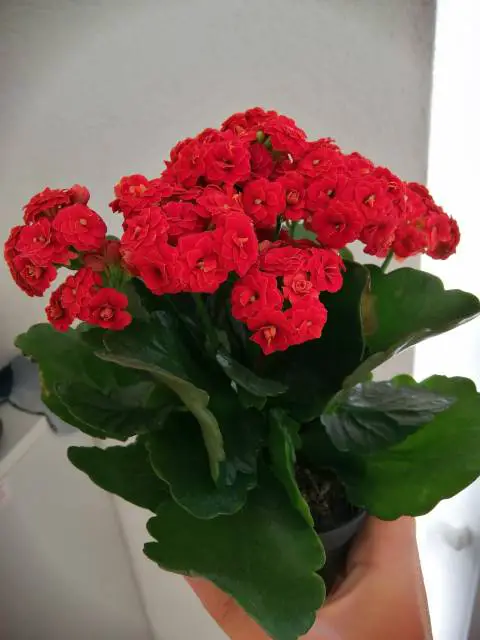
Kalanchoe blossfeldiana (Calandiva) is a bushy, perennial succulent and commonly cultivated as a house plant. It is also famous by several other names such as flaming Katy, Florist Kalanchoe Christmas kalanchoe, and Madagascar Widow’s-thrill.
It can grow up to 1 to 1.5 feet (30-45 cm) in 4 to 5 years. Flaming Katy is a slow-growing plant with round growth habit and moderate plant density. It has shiny, green foliage and scallop-edged leaves with crenate margins and oblong shape. Flaming Katy blooms in late autumn to early winter. It blooms merrily by producing amazing red, pink, yellow, lavender, orange, white, and golden flowers. It produces double flowers in dense clusters that resemble with rose blossoms. It grows fine in well-drained, light soil under plenty of sunlight.
Kalanchoe tomentosa- Chocolate Soldier- Panda Plant
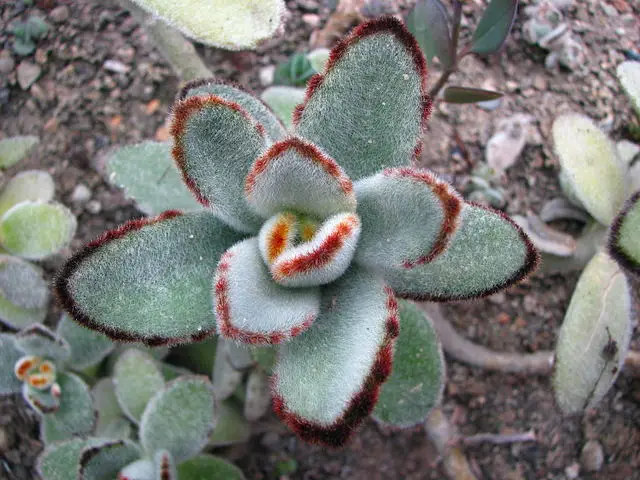
Kalanchoe tomentosa is an attractive perennial flowering succulent. It is also known as Panda Plant, Chocolate soldier, Teddy Bear Cactus, Velvet Leaf Kalanchoe, Pussy Ears, White Lady or Cocoon Plant. It is a popular houseplant due to its small size and ease of care.
Panda Plant grows slowly and reaches up to 2.6 feet (80 cm). It has a robust erect stem, branched at the base with a dense covering of hair. The base becomes woody with age or maturity. Panda plant has narrow leaves with dark red or chocolate brownish margins. It has many cultivars with color variants. It produces small bell-shaped flowers with dark brown petal tips. It grows fairly well in dry to moist well-drained soils under full sunlight to partial shade. This plant must be protected from long exposure to full bright sunlight.
Kalanchoe pinnata- Cathedral Bells

Kalanchoe pinnata is a succulent perennial plant also known as Bryophyllum pinnatum. This plant has become naturalized in tropical and sub-tropical climates. The distinctive feature of Kalanchoe pinnata is the formation of miniature plantlets on the margins of Phylloclades. It is a popular plant with many common names such as Air Plant, Cathedral Bells, Goethe Plant, Miracle Leaf, Life Plants, Good Luck Leaf, Mexican Love Plant, Curtain Plant, and Mother in Law.
It grows up to 5 feet (150 cm) tall. Cathedral Bells have hollow, fleshy, cylindrical erect stems. The leaves are elliptical, thick, and fleshy with reddish serrated margins. Flowers are bell-shaped with many pendants, red-orange flowers that appear in large panicles. Cathedral Bells require bright sunlight and moderate watering throughout the summer season for optimal growth.
Kalanchoe pumila – Flower Dust Plants
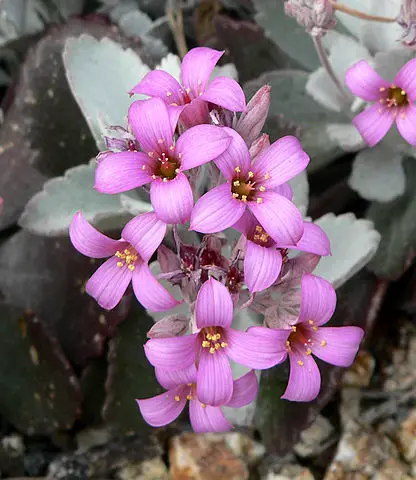
Kalanchoe pumila is a spreading dwarf succulent shrub commonly known as “Flower Dust Plant”. These plants are a great addition to home gardens or hanging baskets. It forms a small clumping bush that can grow up to 1 foot (30 cm) in length.
The whole plant is covered with long, and oblong-shaped leaves. The leaves are covered with waxy hairs that give the plant a “dusty” look. It has tiny pink-violet flowers with distinct yellow anthers that bloom in the late winter to the early spring season. These plants prefer to grow under partial to full sunlight with moderate watering.
Kalanchoe laciniata – Christmas Tree Plant
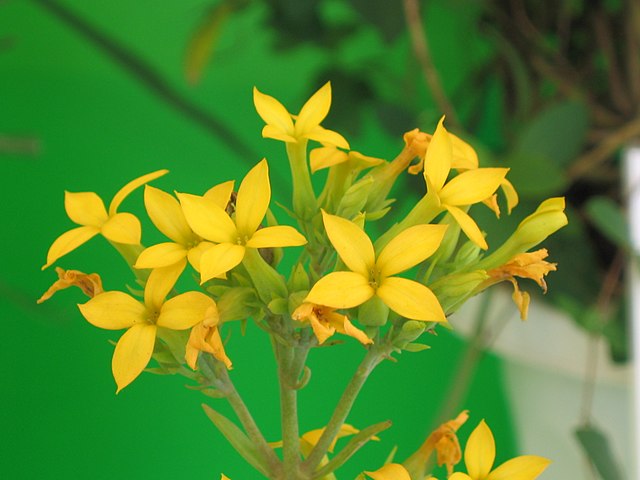
Kalanchoe laciniata is a perennial succulent also called “Christmas Tree Plant or Lace Leaf Kalanchoe”. It grows up to 3.3 feet (100 cm). It has fleshy ovate to elliptical mid-green leaves. It has terminal inflorescence and the flowers are tubular greenish-white to light orange.
It prefers to grow under full sunlight to partial shade in well-drained soil. The soil should be kept moist in the summer with regular watering but sparingly during winter.
Kalanchoe manginii – Chandelier Plant
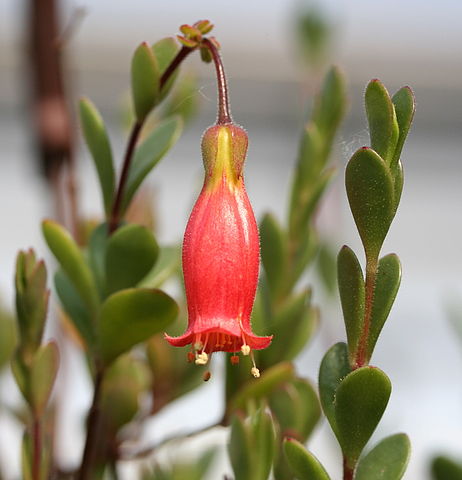
Kalanchoe manginii is succulent with arching branches also known as Bryophyllum manginii. You might know this plant commonly as Chandelier Plant, Peach Bells, Madagascar Wax Bells.
Chandelier Plant is a fast-growing plant that grows up to 1 foot (30 cm) in length. The young plants have upright stems with small glossy green leaves. The leaves are round turning reddish under full sunlight and sometimes the leaves appear slightly serrated at the upper end. The flowers are red-orange to bright red and bloom during the spring season. Most of the people grow it indoors, but no matter where it is kept it still requires a lot of sunlight. These plants require regular watering during summer.
Kalanchoe luciae – Paddle Plant
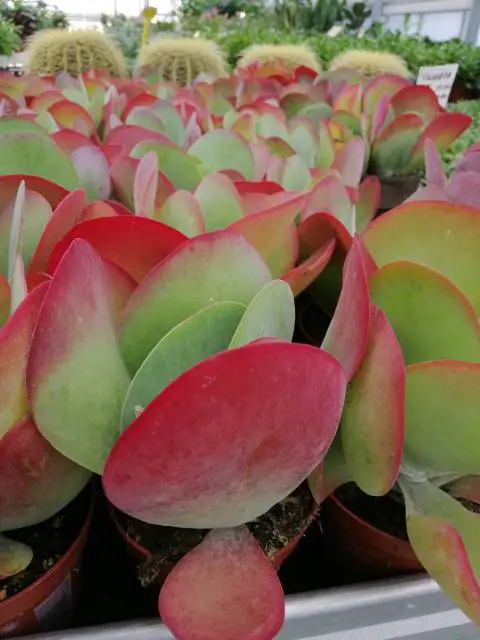
Kalanchoe luciae is the most attractive and dramatic evergreen succulent. This popular plant is also called Paddle Plant, Paddle kalanchoe, Flapjack, Dessert Cabbage, and Red pancakes.
It grows up to 1-2 feet (30-60 cm) in length.
It has a basal rosette of thick, fleshy and round leaves. The tips of leaves become bright wine red during winter under full bright sunlight. In some cases, the leaves turn completely red during cold winter months. This plant gives the striking appearance in late winter to early spring when a stem bearing clusters of yellow tubular flowers arises from the center. The flowers range in color from white, cream, pinkish, pale to yellowish.
Paddle plant is drought, heat, and salt-tolerant but it’s pretty sensitive to overwatering. It grows well in moist and well-drained potting soil mix under direct sunlight to partial shade. This plant is often confused with Kalanchoe thyrsiflora which has shorter and broad leaves. However, it can be easily distinguished from the Paddle plant because Kalanchoe thyrsiflora does not turn red during winter and produces darker yellow flowers.
Kalanchoe daigremontiana – Mother of Thousands

Kalanchoe daigremontiana is a short-lived monocarpic succulent plant also known as Bryophyllum daigremontianum. It is commonly known by many famous names such as Mother of Thousand, Devil’s Backbone, Mexican Hat Plant, and Alligator Plant.
It has erected, brownish stems which grow up to 3 feet (90 cm) tall with fleshy, oblong phylloclades that appear like whorls. It has variable leaves in different shapes, sizes, and colors. The inflorescence is terminal, umbrella-like, grayish pink to reddish-purple with bell-shaped flowers.
This plant can survive during prolonged periods of drought. It loves to receive a good dose of morning sunlight and warm weather. The only thing that this plant can’t tolerate is soggy soil. Another important fact about this plant is that “All parts of this plant contain a toxic steroid known as daigremontianin”.
Kalanchoe uniflora – Coral Bells
Kalanchoe uniflora is the most beautiful epiphytic succulent with trailing or climbing stems resembling Crassula perfossa and several other similar plants. Kalanchoe uniflora is also known as Coral Bells, Coral Berry, Winter Bells, and Trailing Kalanchoe.
The plants have slender, prostrate stems rooting at the nodes whenever they touch a favorable growth medium. Leaves are thick, glabrous, fleshy, bright green, and sessile to petiolate. It has colorful long-lasting bell-shaped flowers.
Flowers are variable in color pinkish, purplish red, red-violet, pendent, borne on thread-like purple pedicels. Coral Bells require minimal care, but the light levels must be optimal. Exposure to intense light can cause the burning of leaf tips. They grow well at a bright sunny location during summer months with moderate watering.
Read more about Kalanchoe Succulent Colors
Kalanchoe tessa – Pendent Flowered Kalanchoe

Kalanchoe tessa is also known as “Pendent Flowered Kalanchoe” is a pretty perennial succulent with beautiful bright orange-red flowers.
Pendent Flowered Kalanchoe generally grows up to 1 foot (30 cm) tall. Leaves are green, oval, fleshy with reddish margins. Flowers are tubular in shape and bloom in late winter to the spring season. Kalanchoe tessa prefers to grow under warm conditions, with bright sunny daylight and moderate watering. Pendent Flowered Kalanchoe is also sensitive to overwatering and intense sunlight. Care must be taken to avoid exposure of plants to bright sunlight.
Kalanchoe longiflora – Tugela Cliff Kalanchoe
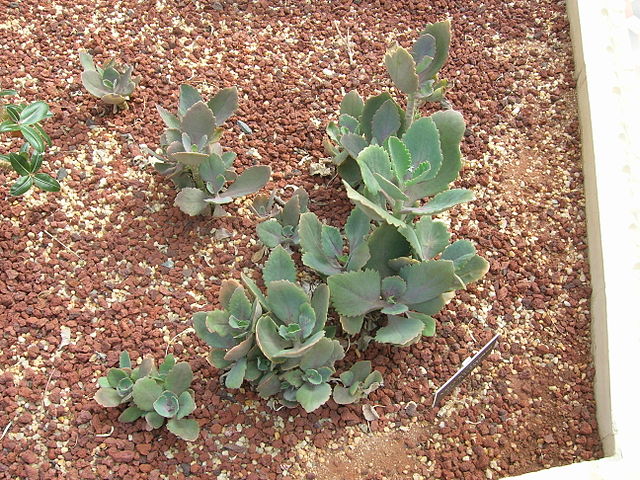
Kalanchoe longiflora is a thin shrub succulent known for its multicolored foliage. This flowering succulent is commonly known as Tugela Cliff Kalanchoe and Long flower Kalanchoe. It most commonly appears on rock edges and shale slopes.
Tugela Cliff Kalanchoe can grow up to 1.3 feet (40 cm) in length. It has quadrangular, fleshy, woody branches that generally lie on the ground with their tips projected upwards. Roots are fibrous, leaves are fleshy limpet-shaped with a round tip and teeth. Leaves are light bluish-grey-green and turn reddish-brown with the age. Flowers are yellow and bloom during the spring and summer seasons.
Being heat and drought-tolerant this plant is a perfect choice for containers, rock gardens, groundcovers, and prolonged walls. The plants will grow fine in well-drained porous soil, with abundant airflow and bright sunlight.
Kalanchoe ‘Wendy’
Kalanchoe Wendy is a wonderful looking evergreen flowering succulent. It has a semi-erect stem, with succulent, ovate leaves, and grows up to 1 foot (30 cm) tall. Leaves are mid-green with an irregular tooth. Flowers are bell-shaped and purplish-pink, yellow at the tips.
These succulents require ample sunlight during the summer season for the best growth. They require moderate watering for the whole year but more sparingly during winter months.
Kalanchoe rotundifolia – Common Kalanchoe
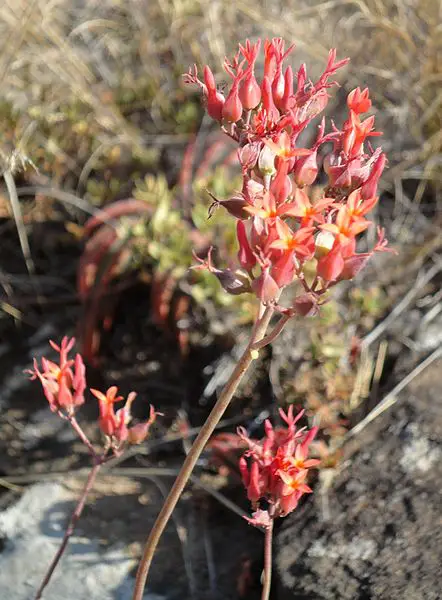
Kalanchoe rotundifolia is commonly known as “Common Kalanchoe” is a brittle succulent. It has the potential to grow up to 3.3 feet (100 cm) tall. It is a commonly occurring Kalanchoe species with a slender stem and orange flowers. Leaves are fleshy and round forming clusters at the base of stems. The name of the species “rotundifolia” means “with round leaves”, however, it may have variant leaves from entire to deeply lobed. Flowers are tubular, borne in an inflorescence with a long stalk. The flowers turn red and conspicuously twisted when the plants get old. The blooming occurs in autumn and early winter months.
Common kalanchoe can be easily propagated and thrives well in warm, sunny locations with minimal care. Moderate watering is required throughout the summer season and less watering is required during winter.
Kalanchoe beharensis – Felt bush
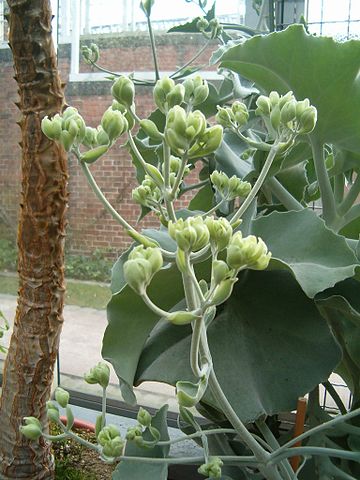
Kalanchoe beharensis is known with several common names such as Felt Bush, Elephant’s Ear Kalanchoe, Velvet Elephant Ear, Velvet Leaf, Napolean’s Hat, Teddy Bear, Maltese Cross. It is an evergreen succulent, flowering shrub.
These plants can grow up to 5 ft (150 cm) tall. Kalanchoe beharensis have a long, thin, and knotted stem. Leaves are triangular-lanceolate, olive green covered with woolly hair towards the apex. The leaves have crenate margins arranged at right-angles to each other. sign of older leaves is concavity on the upper surface. Flowers are small greenish yellowish borne on short stalks. The flowering period continues from spring through summer. Bright sunny locations and moderate watering are best for the growth of these plants.
Kalanchoe sexangularis – Six angled Kalanchoe
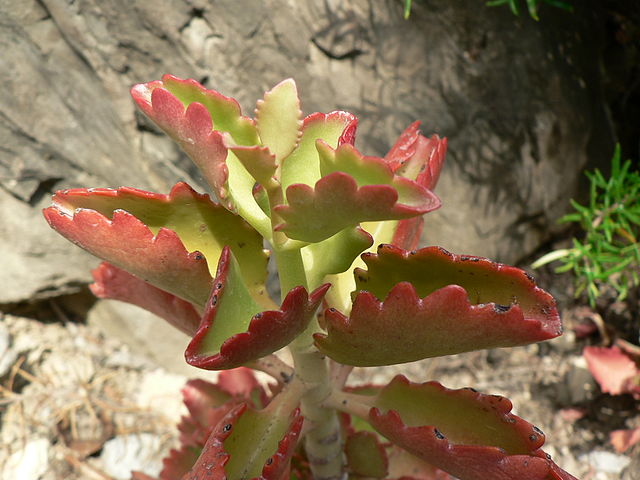
Kalanchoe sexangularis is also known as “Six angled Kalanchoe” is a hardy, drought-resistant rapidly growing succulent with beautiful red foliage that makes it a must-have plant for rocky gardens. Unlike other succulents, these plants flourish well under dappled shade.
The plants can grow up to 3 feet (90 cm) in length. They have ridged or squared stems. Leaves are green, elliptical, cupped upward, with stout, round, scalloped margins. The margins of leaves are tinged red and the older leaves often turn pinkish brown at margins. Flowers are bright yellow, with branched inflorescence. They thrive well in sunny and warm places without needing a lot of watering.
Kalanchoe marmorata– Penwiper Plant
Kalanchoe marmorata commonly known as Penwiper Plant or spotted Kalanchoe is attractive, succulent. It has erect, decumbent stems that grow up to 4 feet (135 cm) tall. Leaves are beautiful grey-green spotted with purple irregular spots. These spots give an unusual, wonderful appearance to the plants. It produces white, star-shaped long-lasting flowers that are sometimes tinged with pink. It continues blooming from winter to early spring.
Like other Kalanchoes these plants are sensitive to light and grow well at warm, sunny locations during summer season provided with moderate watering.
Kalanchoe millotii- (Millot Kalanchoe)

Kalanchoe millotii is a lovely shrub succulent that grows up to 1 foot high. It is a member of the Crassulaceae family. Since it is not cold hardy it is mostly grown as an indoor plant in cold regions. It makes a great houseplant due to its low care requirements. Kalanchoe millotii is an ornamental succulent and is often used in rocky and succulent gardens and also in landscape designing.
Kalanchoe orygalis – Copper Spoons
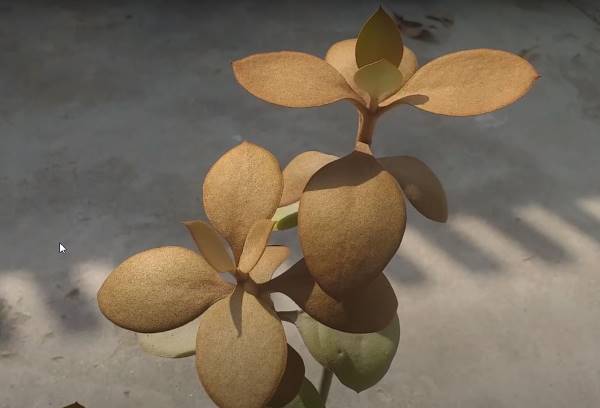
Kalanchoe orygalis Baker. is an evergreen, flowering Kalanchoe succulent belonging to the Crassulaceae (Stonecrop) family. The name of the species is derived from a Greek word ‘Oryga’ which means a measure of 6 ft (72 inches), also known as a fathom, which indicates the distance between the extended arm and tips of the fingers. The name of this species has been given due to the measurements or size of this succulent that typically reaches 6 ft in height.
Kalanchoe Pink Butterflies (Pink Mother of Thousands)
Kalanchoe pink butterflies is an incredibly beautiful succulent. It is an evergreen perennial Kalanchoe succulent that is very undemanding. Kalanchoe Pink Butterflies is a variegated form of Kalanchoe × Houghtonii. The original hybrid is a cross between Kalanchoe delagoensis and Kalanchoe daigremontiana.
Kalanchoe marnieriana
One of the amazing Kalanchoes is Kalanchoe marnieriana. This succulent was named by Herman Jacobson in the honor of French botanical explorer Julien Marnier Lapostolle. Kalanchoe marnieriana is closely related to Kalanchoe fedtschenkoi and Kalanchoe laxifolora and is also called Bryophyllum marnierianum. It is a beautiful evergreen succulent that is just perfect for succulent gardens and Mediterranean gardens. It is also used in container gardens to make awesome floral arrangements.
Kalanchoe Delagoensis “Mother of millions”, Devil’s Backbone
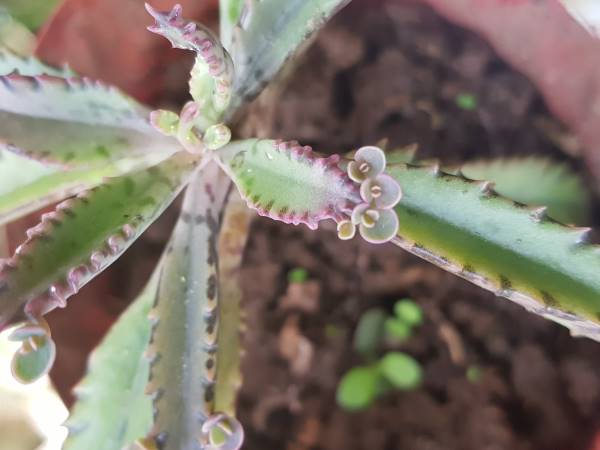
Kalanchoe delagoensis famously known as Mother of Millions is a rapidly growing plant that multiplies easily wherever it falls. It is rightly given the name ‘Mother of millions’ due to its rapid multiplying ability. This succulent produces several tiny plantlets that appear at the ends of the leaves. These plantlets can take root relentlessly wherever they fall.
Kalanchoe Humilis
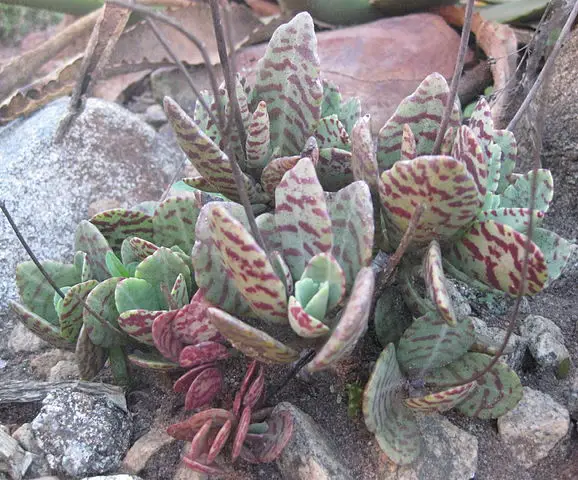
Kalanchoe humilis is a spectacular succulent with an attractive and unique appearance. It grows up to 3 feet (90 cm) tall. The stems are woody at the base, simple or with a few branches, purple or slightly glaucous.
Kalanchoe Rosei
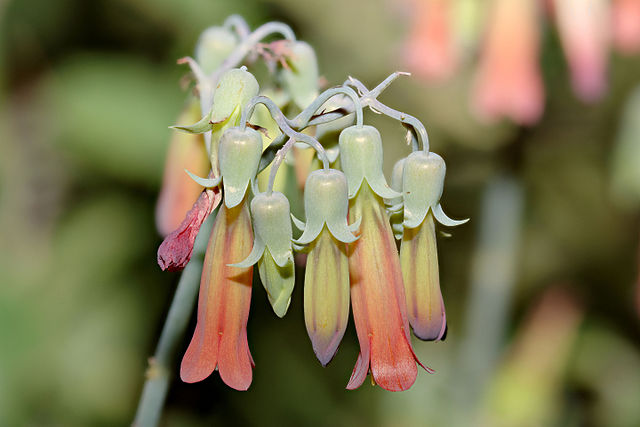
Kalanchoe Rosei is an excellent indoor plant option, suitable for both experienced flower growers and beginners. Kalanchoe Rosei is undemanding to care for, which makes it incredibly convenient for keeping in modern apartments.

